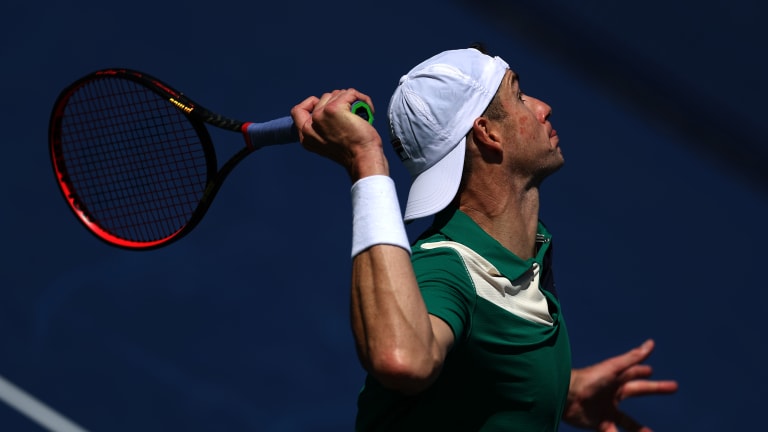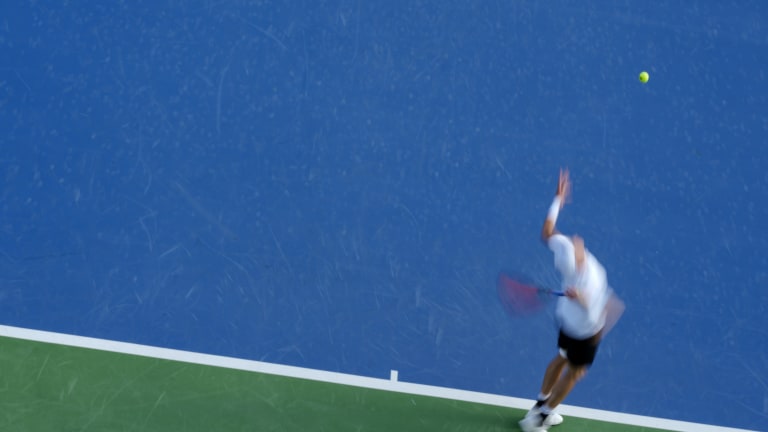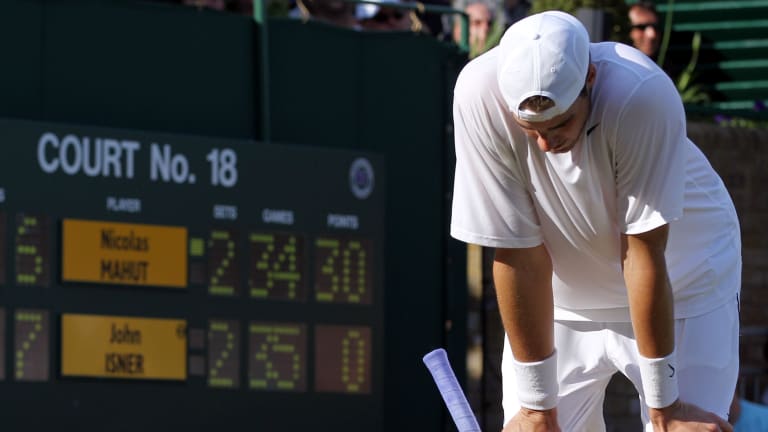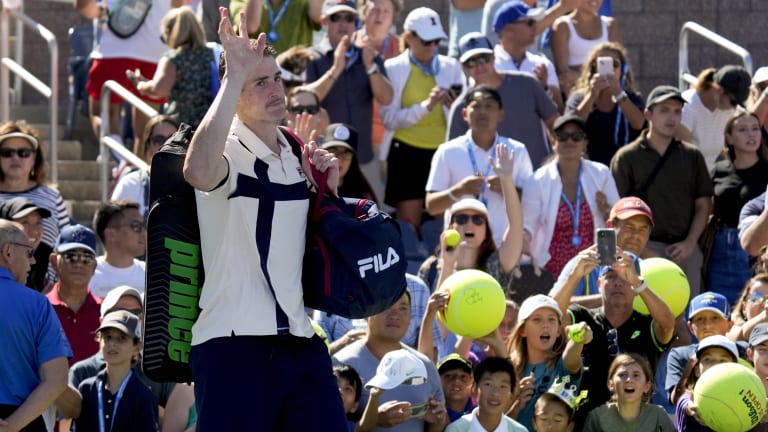US Open
John Isner, serving ace and winner of the longest tennis match, ends career at US Open
By Aug 31, 2023US Open
Post-2024 US Open WTA storylines: The Age of Aryna; what's next for Swiatek and Gauff?
By Sep 09, 2024US Open
Post-2024 US Open ATP storylines: The race between Alcaraz and Sinner for No. 1 ... and more
By Sep 09, 2024US Open
Jannik Sinner’s US Open title run won’t clear the air around him entirely
By Sep 09, 2024US Open
Taylor Fritz fails in US Open final, but hope springs for American men's tennis
By Sep 09, 2024US Open
Jannik Sinner storms to second major title, defeats Swift, Kelce-backed Taylor Fritz at US Open
By Sep 08, 2024US Open
Jessica Pegula's willingness to take chances paid off at the US Open
By Sep 08, 2024US Open
Aryna Sabalenka won her first US Open by learning from her past heartbreaks in New York
By Sep 08, 2024US Open
Can Taylor Fritz beat Jannik Sinner and end a 21-year title drought? | US Open men's final preview
By Sep 08, 2024US Open
Aryna Sabalenka claims 2024 US Open title, notches third Grand Slam victory over Jessica Pegula
By Sep 07, 2024US Open
John Isner, serving ace and winner of the longest tennis match, ends career at US Open
He was a proverbial “gentle giant” who left as many fans as aces scattered around the world’s courts.
Published Aug 31, 2023
Advertising
Advertising

John Isner serves in his last singles match, a five-set loss to fellow American Michael Mmoh.
© Getty Images
Advertising

A father of four, Isner's emotions were on full display during his final US Open.
© Getty Images
Advertising
Advertising

John Isner's serve is one of the most effective shots in the history of the sport.
© Getty Images
Advertising

The American at 35-34 in the fifth set of the true tennis epic. Another 69 games followed.
© 2010 Getty Images
Advertising

Thanks, John.